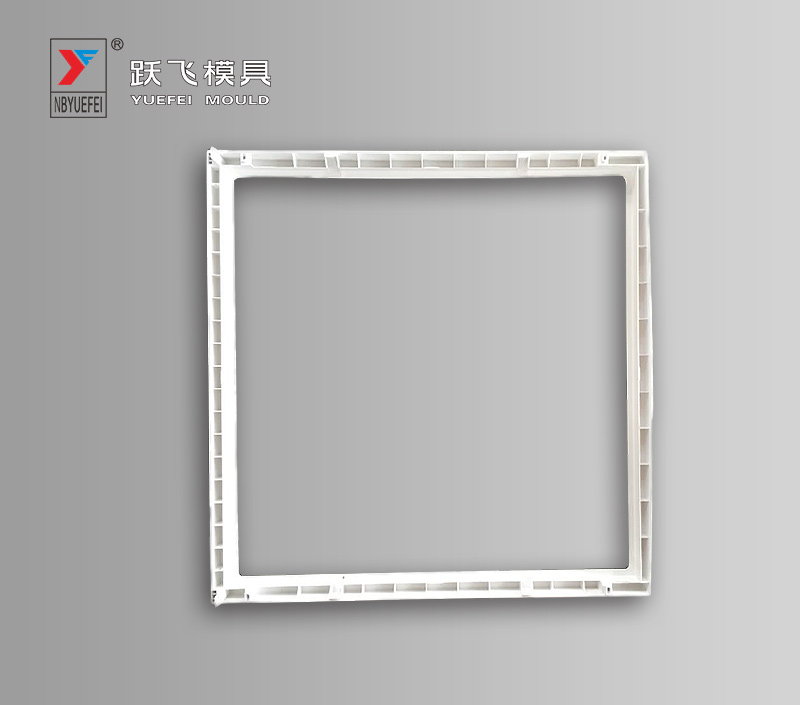The compression molding mold usually uses a hydraulic press, and the upper and lower parts of the mold are fixed on the press. The mold includes a cavity core, which is the same as an injection mold. The test material is placed on the opened mold, and then the press is turned off. The set temperature and pressure generated by the press melt the raw material into the cavity of the mold.
The test materials for this type of mold are usually SMC, BMC, GMT. Therefore, we often refer to this type of mold as SMC mold, BMC mold, and GMT mold.
SMC is a sheet-like reinforced thermoplastic material, usually used for large products, and such products require greater strength.
The BMC material is in the form of lumps, rich in short fibers, has good mechanical properties, low shrinkage, and stable color.
The GMT material is a glass fiber reinforced thermoplastic, which can be widely used in various parts of the car body. It can replace traditional metal parts, reduce weight and reduce costs. Unlike injection molds, SMC molds require heating rather than cooling. The usual heating methods are steam, oil, electricity, and high-pressure water.
The temperature of the SMC mold is usually between 140 and 160. When designing the temperature system of the mold, special attention should be paid to keeping the temperature of the entire surface of the mold consistent. The consistency of temperature can reduce deformation, improve the stability of the scale, and the consistency of the product appearance.
www.yfmould.com



 English
English 简体中文
简体中文 Español
Español Deutsche
Deutsche















